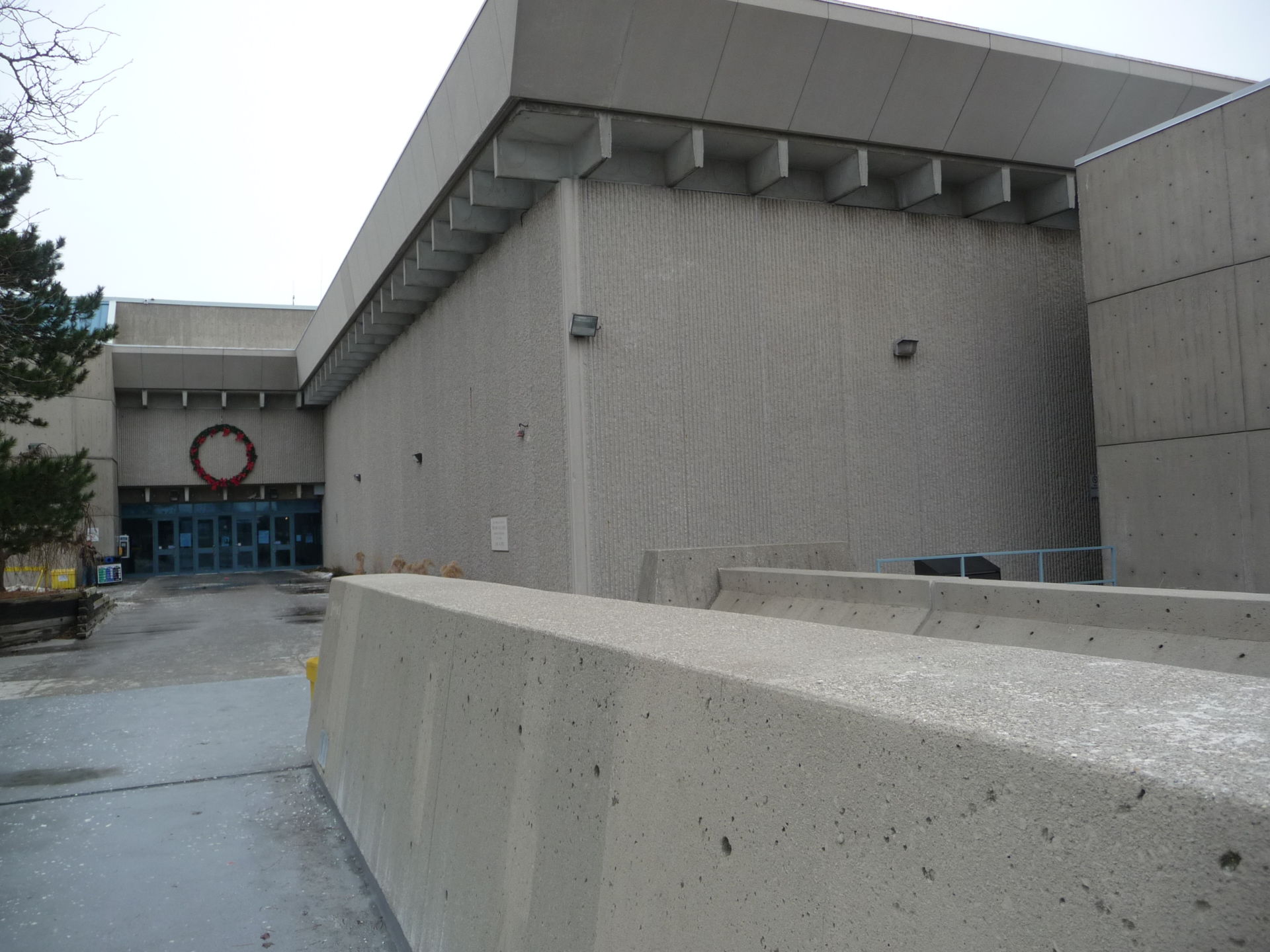There has been a plethora of news lately about carbon taxing and cap and trade policies, perhaps largely because we are being hit in the pocketbook with higher prices at the pumps. And we are not sure to what levels Trump will continue to poo-poo any action on climate change.
Hidden near the bottom of the global discussion on global warming is an emerging awareness of the environmental impact of the world’s use of concrete. Simply said, we use a ton of concrete and we will continue to do so because it is relatively inexpensive, readily available and there are no obvious alternatives to concrete.
We love concrete almost as much as we love the cars that we park on our slabs of it. Concrete is used in road construction, housing development, high-rise buildings and dams. We give the use of concrete a thumbs-up and equate it with economic growth.
So, what is the big deal about concrete? Let’s start by clarifying some often misused terminology. Cement and concrete is not the same thing. Cement is one ingredient in the manufacture of concrete. The others are water, sand and gravel.
Two environmental issues exist in the making of cement, the hardening material required to make concrete. First, in order to make cement, limestone must be heated to extremely high temperatures, using a lot of fossil fuel. And secondly, as limestone is heated, it releases carbon dioxide as a by-product.
There is no simple solution to the world’s love affair with concrete. It is probably easier to find ways to make vehicles more environmentally friendly than find smarter ways to make cement. It is ironic that we consider wind energy to be free, while it requires multiple truckloads of concrete to build the base for each of the wind turbines we see as we drive down Highway 402.
Rest assured there are cement associations, engineers and scientists who busy themselves with the task of finding smart ways to make and use concrete. In the meantime, we homeowners should stay well informed, while being mindful of how much we use concrete.
In the landscape industry, we love using concrete. Those of us involved in landscape design and architecture continue to seek ways to use concrete creatively in different shapes, colours and textures. Adding colour to a concrete mix is a simple and inexpensive way to cheer up a concrete walk or driveway. A few decades ago stamped concrete or making a patterned impression in wet concrete was all the rage. One of my favorite applications is exposed aggregate, achieved by washing off the top layer of specially prepared concrete before it dries.
The use of brick paving stones gives an endless array of design possibilities with multiple colours, styles, shapes, forms, sizes and textures. Paving stones or interlocking brick at about 2 inches thick uses less material than poured concrete at about 4 inches thick. Using paving stones gives the option to easily modify or lift and repair a sidewalk or patio.


